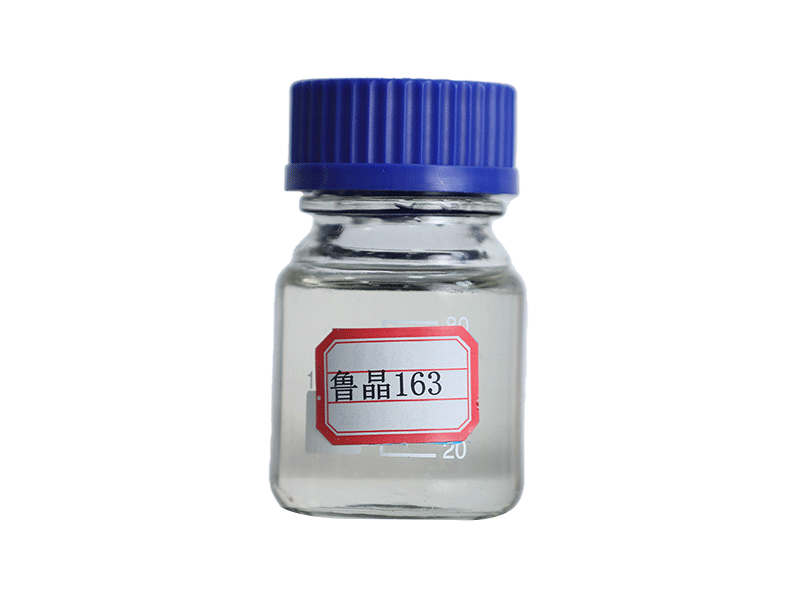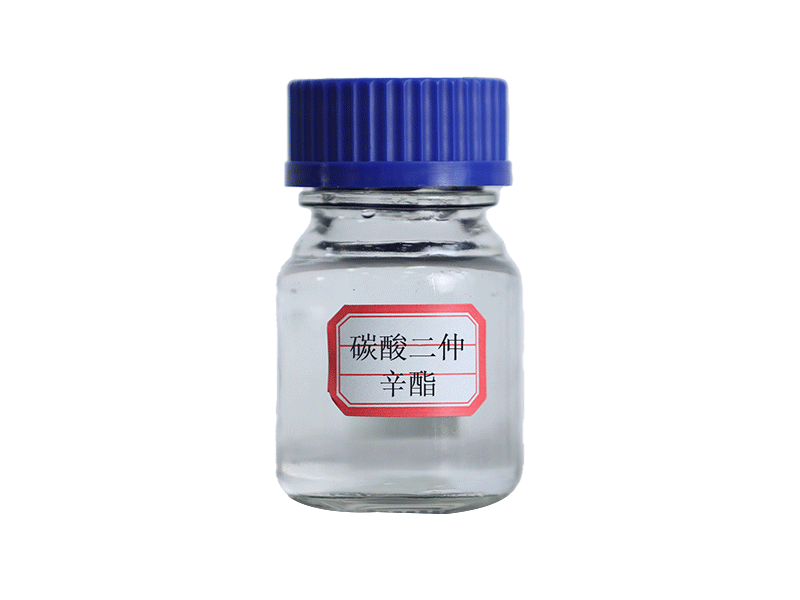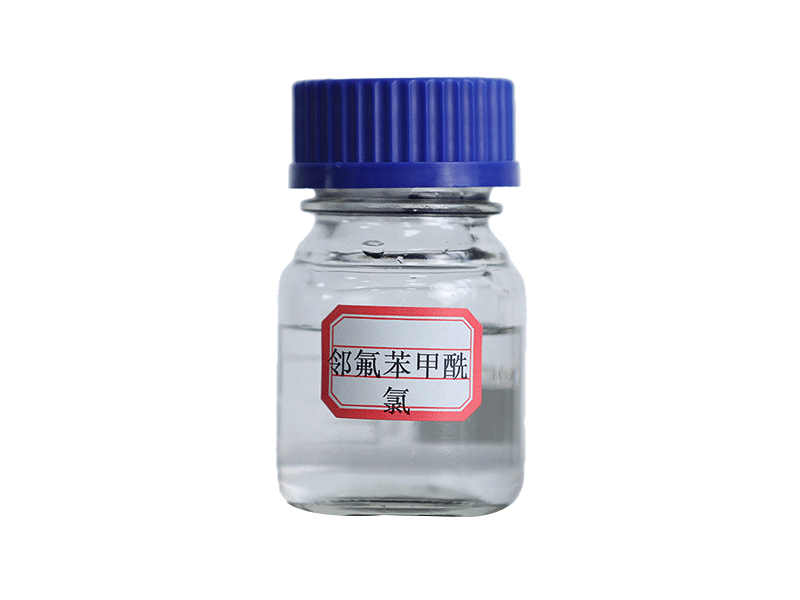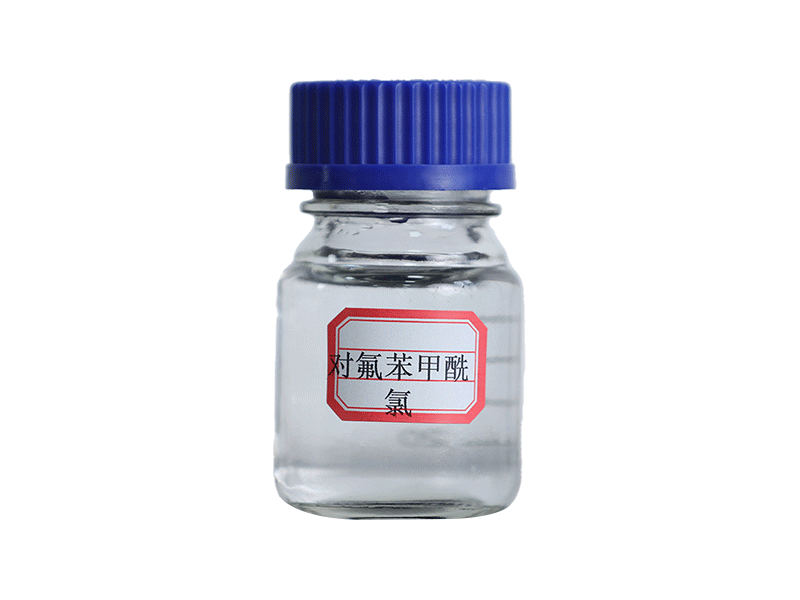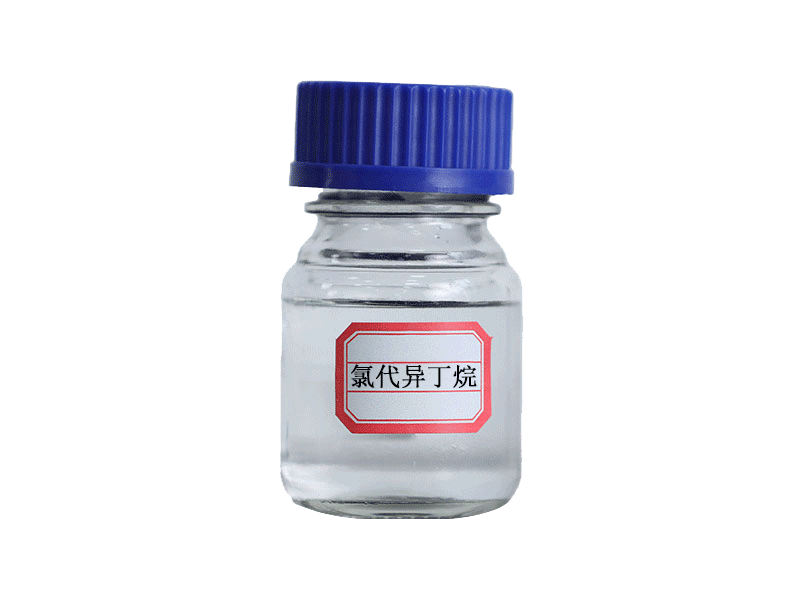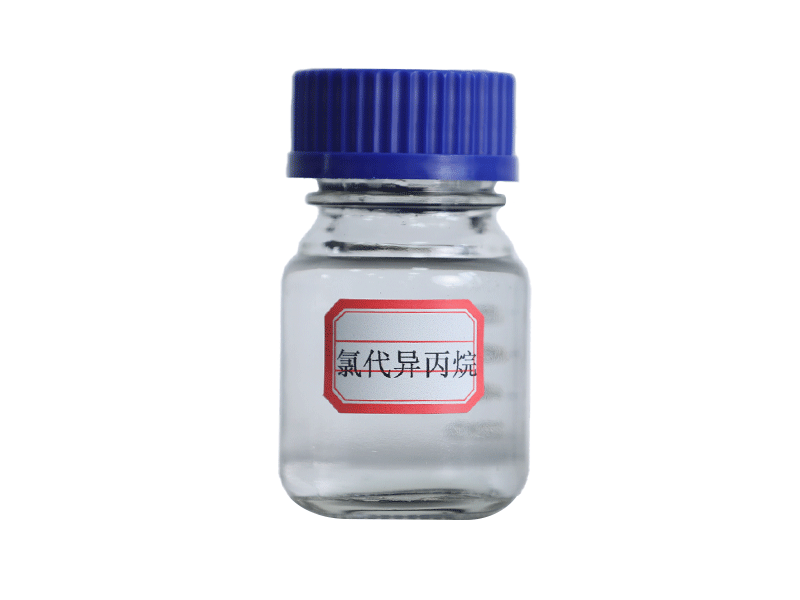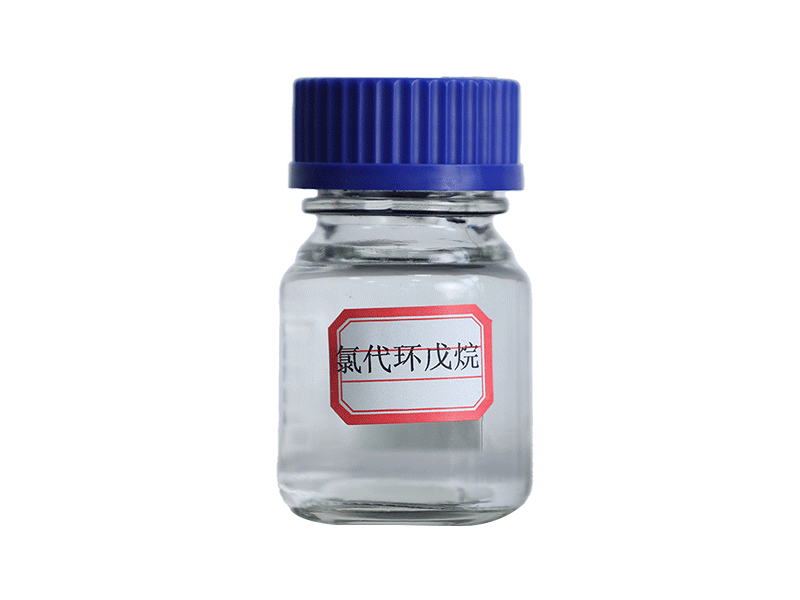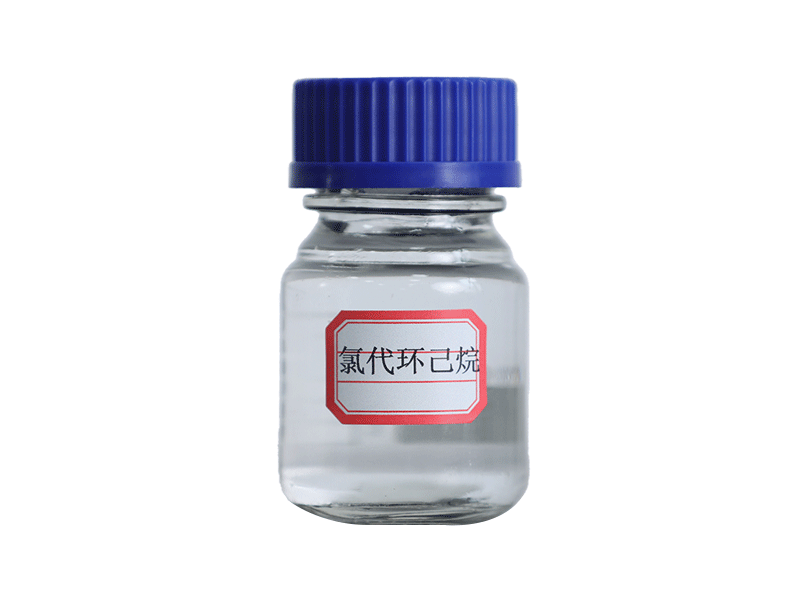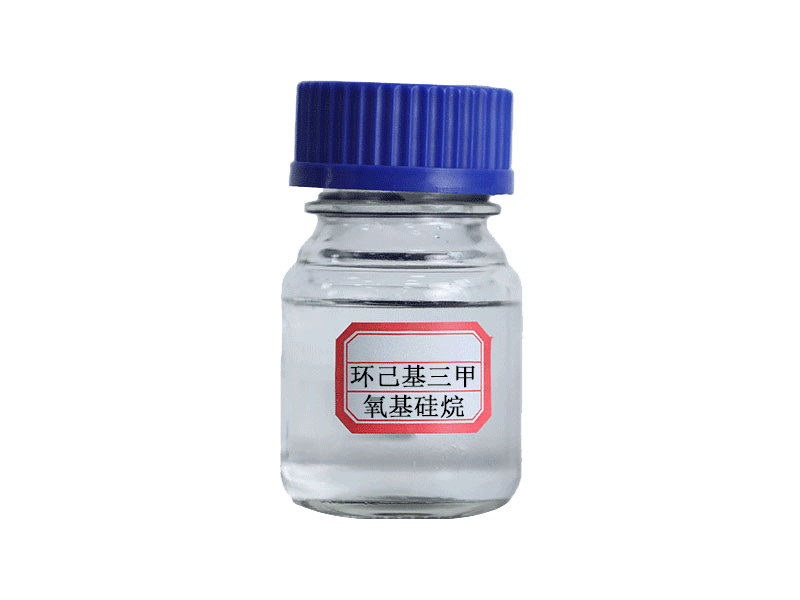Antistatic Agent 163
Key words:
Antistatic Agent 163
Classification:
Product Description
1. Product description
Product Name: Lu Jing 163
Chemical name: Alkoxypropylamine polyoxyethylene ether
Molecular formula: RN (CH2CH2O) nH
Molecular Weight: 299.2
2. Physical and chemical properties
This product is a light yellow transparent liquid, corrosive and toxic. It is insoluble in water and forms a suspension with water. It is soluble in organic solvents such as isopropanol, toluene, carbon tetrachloride, and hexane.
3. Technical indicators
|
Item |
Indicator |
|
Exterior |
Colorless or light yellow transparent liquid |
|
Pour point ℃ |
—3~3 |
|
Specific gravity (25 ℃) ℃ |
0.910~0.930 |
|
Viscosity (25 ° C)Mpa·s |
100~150 |
|
Chroma(Hazen) |
≤150 |
|
Moisture% |
≤0.05 |
|
Tertiary amine% |
≥95.0 |
|
Medium and equivalent |
293-307 |
|
Primary and secondary amines% |
<2.0 |
4. Characteristics and uses
This product is a nonionic surfactant, mainly used as an antistatic agent for polyethylene, polypropylene and ABS plastics. During the polypropylene polymerization process, the activity of polymer particles can be reduced to prevent the polymer from sticking to the inner walls of the reactor and system equipment. It also needs to be added to the system when the device is started or stopped to prevent the discharge from the bottom of the flash tank from clumping. . It plays an important role in stabilizing the process and safe production, and is an irreplaceable process additive.
As a nonionic surfactant, this product can be used as an emulsifier, antistatic agent, antirust agent, wetting agent, dispersant, desizing agent, softener, and can be used in cosmetics, agricultural spray oils, herbicides, and sterilizers. Agents, dyes and pigments, lubricating cutting oils, metal processing, papermaking, paints, textiles, tanning, etc. As a liquid surfactant, it is more convenient to use than commonly used solid surfactants and safer to use than liquid organic amines.
5. Marking, use, packaging, transportation and storage
1. Mark: The product name, net weight, gross weight, batch number, date of manufacture and name of the manufacturer are indicated on the outside of the packaging barrel.
2. Use: Wear latex gloves and protective masks.
3. Packaging: Sealed and packaged in a plastic-lined iron drum with a capacity of 200L. Net weight 180Kg/barrel.
4. Transportation: According to general transportation requirements for flammable organic matter.
Product inquiry
Related Products

Concerned about Lujing Chemical


